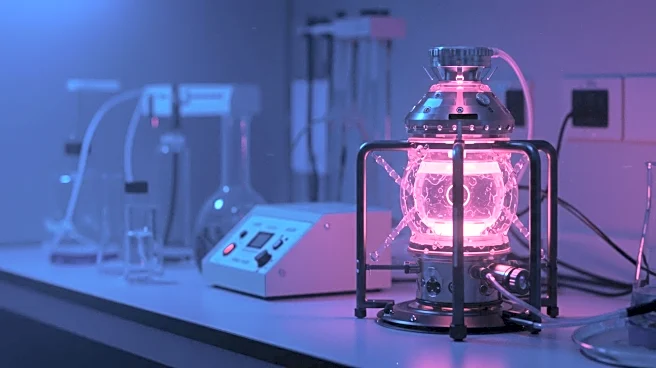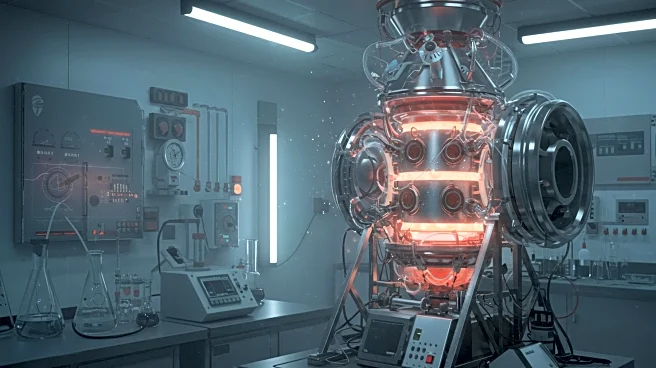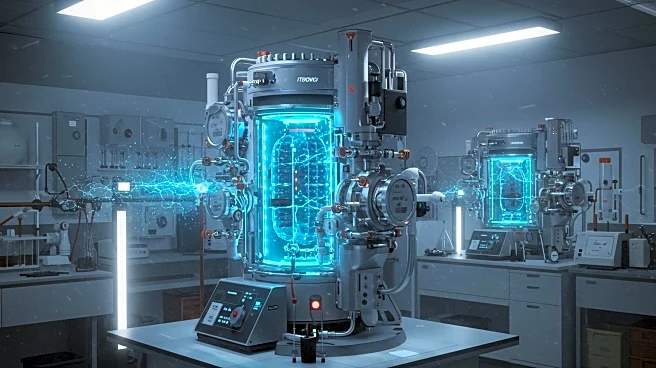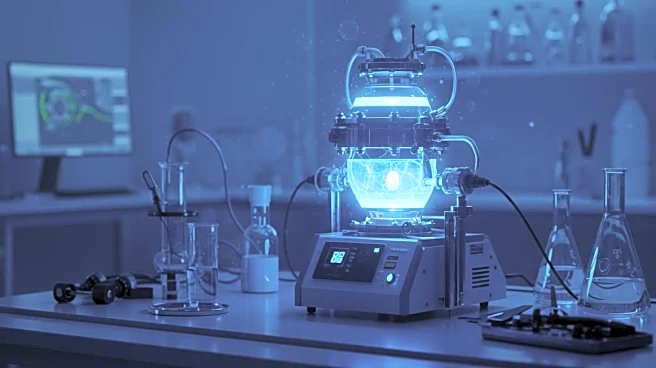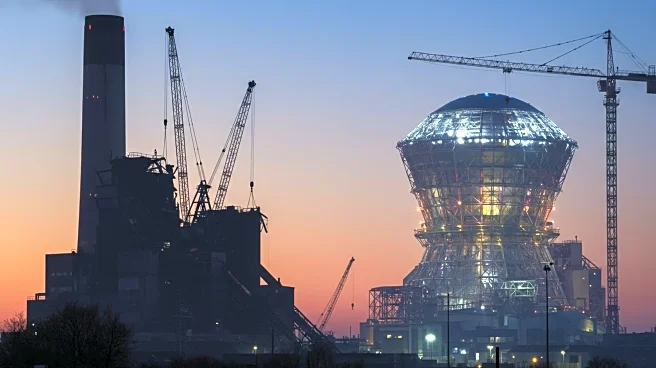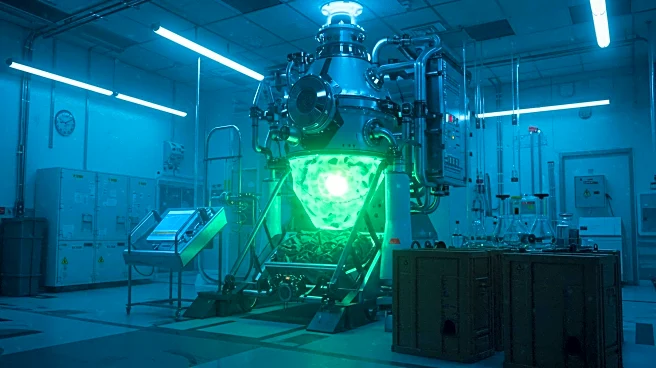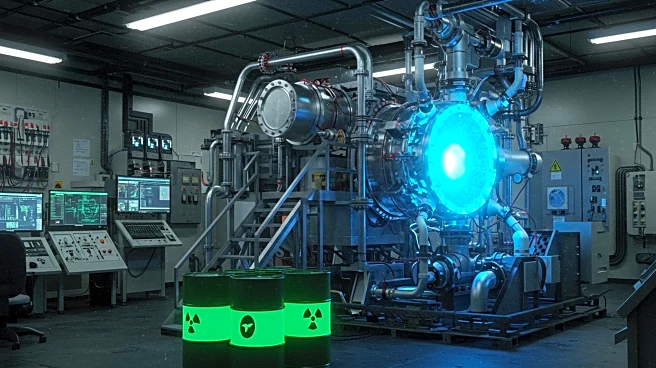Rapid Read • 6 min read
Researchers have revisited a controversial cold fusion experiment from 1989, aiming to enhance nuclear fusion rates without the need for extreme temperatures. The original experiment, conducted by Stanley Pons and Martin Fleischmann, claimed to achieve nuclear fusion at room temperature using palladium and deuterium. Although initially debunked, the new approach by Curtis Berlinguette and his team at the University of British Columbia uses a tabletop particle accelerator called the Thunderbird Reactor. This reactor employs electrochemistry to increase deuterium fusion rates by 15%, though it still requires more energy than it produces.
AD
The revival of cold fusion techniques could potentially make nuclear fusion more accessible and interdisciplinary, offering a path to clean energy production. While the current fusion rates are insufficient for practical energy generation, the experiment provides credible data that could advance scientific understanding and innovation in fusion technology. This development is significant as it challenges traditional methods and could lead to breakthroughs in energy production, reducing reliance on fossil fuels and contributing to global efforts to combat climate change.
Researchers are optimistic about increasing fusion rates by redesigning the reactor and exploring different electrode materials. The experiment's electrochemical technique might also have applications in creating high-temperature superconductors, which could transform electrical and energy systems. Continued research and validation by other scientists are expected to further explore the potential of this approach.
AD
More Stories You Might Enjoy


